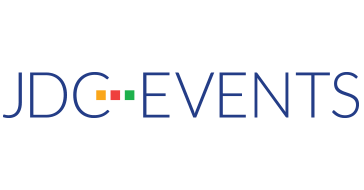
03 Sep 6 Creative Ways to Use AV Tech
The shifting of the events industry due to COVID has brought an unintended consequence: planners in an expanded role as audiovisual (AV) technicians. While it’s been a challenge industry-wide for planners to get up to speed on all that it takes to coordinate and run a virtual event, it’s allowed them to grow in their roles and offer clients services that might otherwise have required additional resources.
The result is an industry of professionals even more in tune with what works – and what doesn’t – in virtual or hybrid events. “We look at events from a different perspective now,” says JDC Events Senior Director, Client Engagement and Operations Kara Dao, CEM. “Over the last year, the experience of online streaming for our virtual events has taught us a lot. We now look at the content, length, and layout of presentations differently. We’ve learned that we don’t have to be tied to theater settings. Understanding that broadcasting goes both in and out has allowed us to conduct live workshops in real time that include interaction with a virtual audience.”
Equipped with this knowledge, Dao has some tips for those planners now placed in the role of AV technician. Here are just a few:
Audiovisual Tips for Event Planners
Make it interactive
Take advantage of the interactive nature of today’s apps, which are no longer simply the “webcasting” of yesteryear. Today, with two-way broadcasting, remote speakers can broadcast into a live, in-person event, then audience members can ask questions of the speaker live “from the floor.” Plus, via a staged microphone and camera, both the in-person and virtual speaker can be projected onto the screen, making for a uniquely interactive experience that’s the next best thing to in-person. These elements can also be included in hybrid events, allowing remote participants to be a part of the event just as fully as in-person participants.
Make it immersive
Today’s amped-up apps make for a fully immersive experience whether the participant is seated at a desktop or tuning in from a mobile device by using artificial intelligence to match up users regardless of modality. Whether a participant is attending the in-person portion of a hybrid event or dialing in on their smartphone, they can be connected and surrounded with the same content at the same time as the virtual user.
Have adequate staffing and do a test run in advance
With onsite or virtual events, Dao recommends at least three basic AV staff roles: a technical producer dedicated to overseeing all aspects of ensuring audio and video playback and/or livestreaming, another for organizing stage timing, and a third overseeing the entire production flow. She also notes the importance of doing a dry run before any event to ensure all components—and team members—operate as intended. For the virtual component, check to ensure the audio and video work, any live speakers can connect, all event timing is set, and everything appears on-screen as planned.
Keep it engaging
To help with audience retention, consider options that encourage participation. “If possible, ask for audience participation via an app, and project it onto the screen,” says Dao. “Not just polling, but actual user-generated content.” For example, have the presenter be prepared to lead a session with a series of questions answered via the app, but project the answer onto the large screen onsite in a hybrid event. Have the presenter speak to this feedback, directing the audience on how their perceptions apply to the subject matter.
Keep presentations short
Participants are busy, and since many are working from home or outside the office, they are often distracted. To keep their attention, keep presentations short. “From managing online events, we can see that participants start to lose attention at about the 30-minute mark,” says Dao. “Keep sessions short and get to the meat of the subject quickly. Give tangible ideas and suggestions from the start before you lose your audience. The goal is to keep the content—and the event—memorable.”
Keep it simple and user-friendly
While it can be tempting to deploy a lot of extra elements in an effort to take advantage of every component an app offers when planning an event, doing so can ultimately be a mistake. “The best tech is the simplest tech,” explains Dao. “The more complex, the easier it is for something to go wrong. While today’s apps allow you to broadcast, network, and provide sourcing directories and wayfinding all in one application, our job as planners is to ensure the technology doesn’t become overwhelming.” Consider your audience when designing an event and deciding on an app; make sure even the least tech-savvy participant can join with as little effort—or advance training—as possible.
As part of making an event user-friendly, avoid complex technology that asks too much of the participant. “Too many steps can make it difficult to participate, and an audience that finds it too difficult to attend may decide to opt out early,” says Dao. “Don’t make participants click around too much to participate in the main event, any breakouts, or any portions of the event that involve interaction, such as polls or games.”
While managing the AV portion of an event adds extra demands to the already busy event planner’s responsibilities, you can still create an exciting, memorable affair for your participants. Make a plan, follow a few simple tips, and you can create a virtual event that piques your participants’ interest and keeps them engaged.

Kara Dao is the Chief Operating Officer at JDC Events. She has a degree from George Mason University and over 2 decades of leadership and executive experience in the events industry. Kara is certified by the Institution of Occupational Safety and Health, has her Certification in Exhibition Management (CEM) and has served as a Mentor for the International Association of Exhibitions and Events (IAEE).



